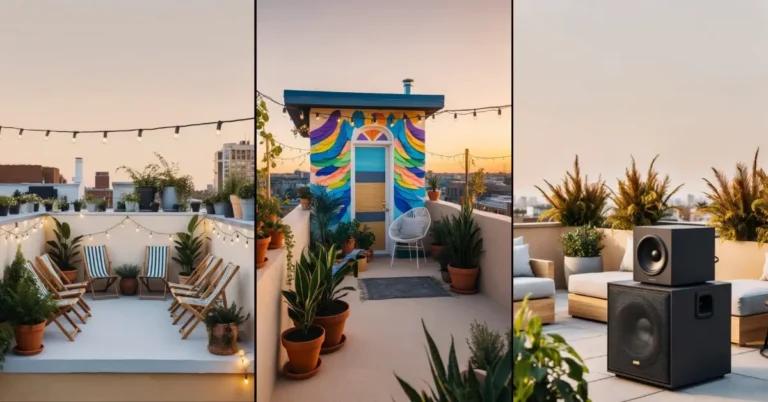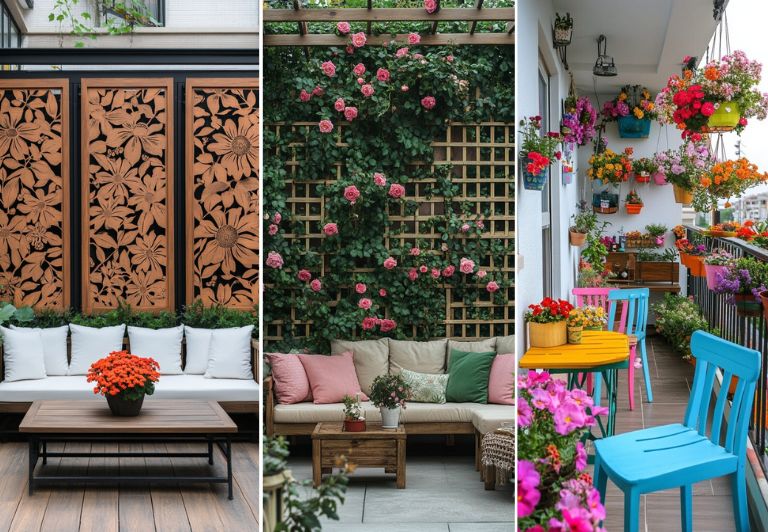10 Inspiring Indoor Garden Ideas: For Enhancing Home Aesthetics
Indoor gardening is honestly one of the easiest ways to bring a bit of nature into your home or workspace. It can totally shift the mood of a room, making it feel calmer and more alive.
A lot of folks say that having plants around just makes everything look better. I tend to agree, it’s hard not to feel a little more relaxed when there’s greenery nearby.
The best indoor garden ideas show how anyone can successfully grow plants inside, no matter the space or experience level. There’s something for every style, whether you’re a plant newbie or a seasoned indoor gardener.
1) Create a dedicated indoor retreat with lush greenery
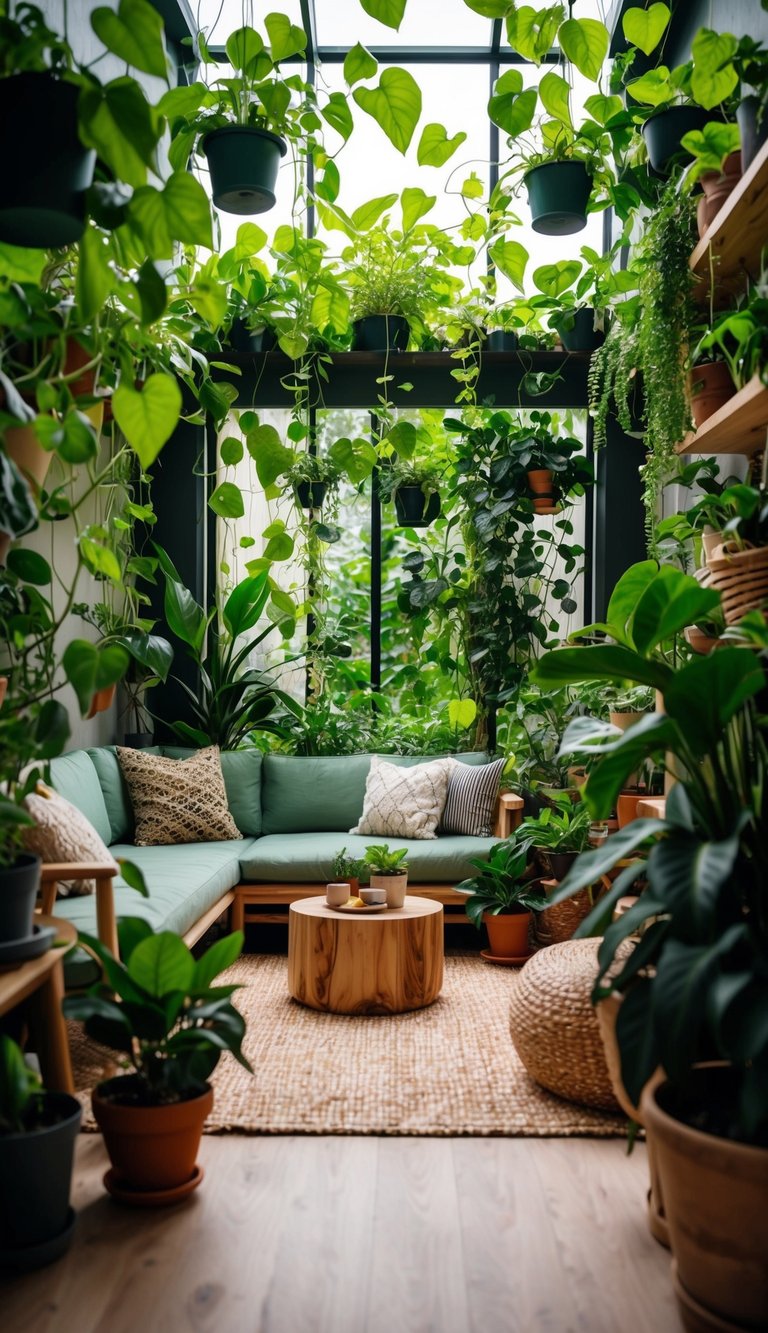
Try turning a corner of your home into a little indoor retreat with lots of green plants. Go for leafy varieties, they just have a way of making things feel fresh.
Mixing up plant sizes and textures adds some depth and keeps it interesting. A space like this can become your go-to spot for unwinding or even getting some work done.
For ideas on indoor garden setups, see 14 Indoor Garden Ideas for Bringing Greenery into Your Home.
2) Design a bathroom garden featuring moisture-loving plants
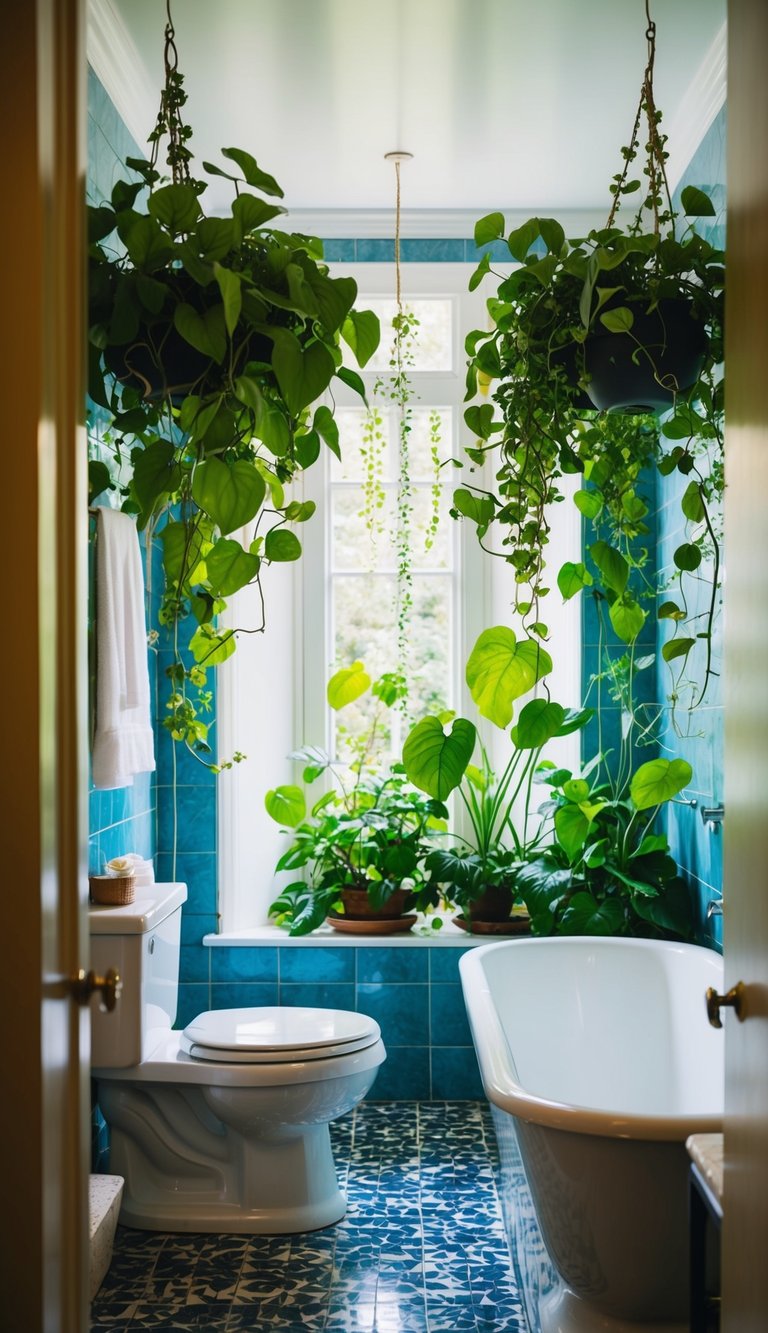
Bathrooms are surprisingly perfect for humidity-loving plants like ferns, philodendrons, and air plants. These guys don’t mind the low light either, which is handy for most bathrooms.
They look great and help clean the air a bit too. For ideas on which plants work best, see moisture-loving bathroom plants.
3) Revise your home office by adding low-maintenance plants
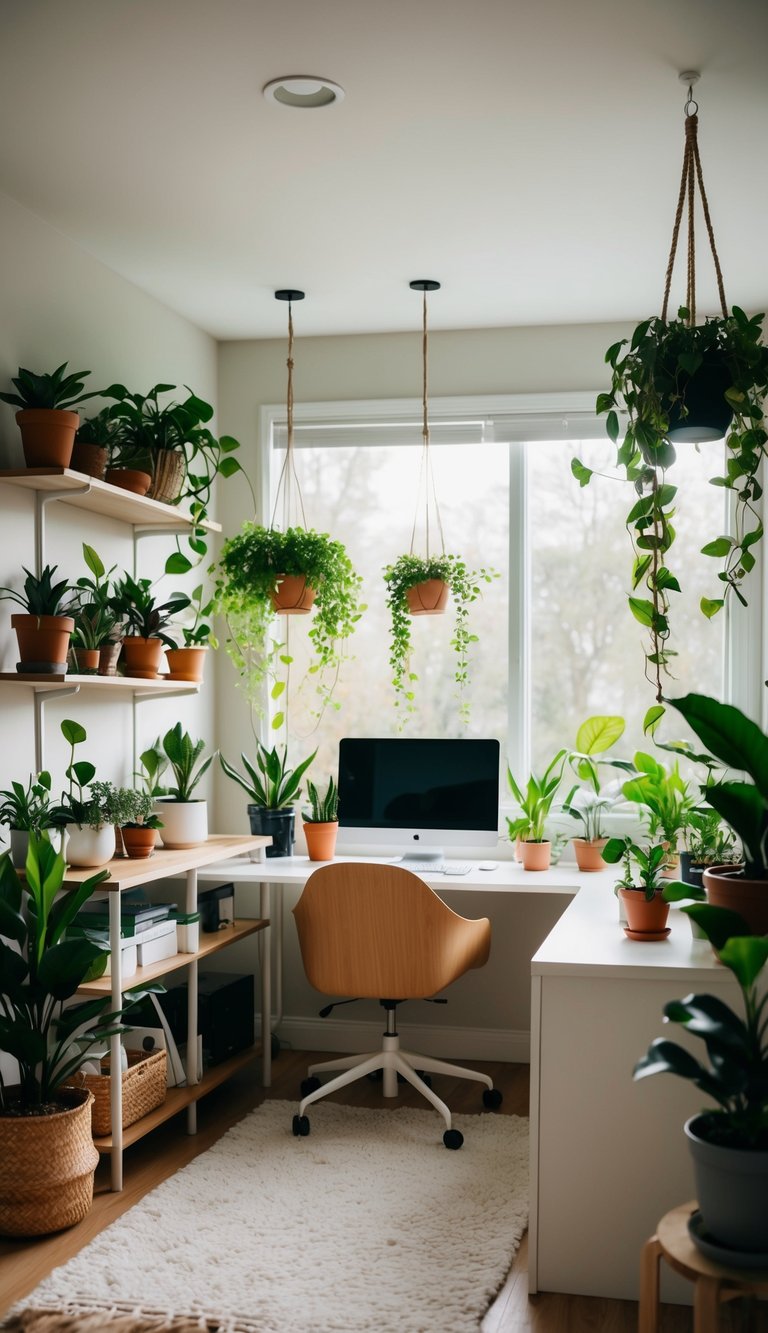
If you want to liven up a home office but don’t want a ton of work, low-maintenance plants are your friends. Snake plants, pothos, and ZZ plants barely need any attention and still look good.
They bring in some green and can make the whole vibe calmer. For more options, see low-maintenance plants suitable for indoor spaces.
4) Decorate hallways with vertical plant walls

Vertical plant walls are a clever way to add life to narrow or dark hallways. They don’t hog floor space, which is always a plus.
Pothos, ferns, and succulents thrive in these setups. Vertical gardens can make a hallway feel less like, well, just a hallway.
This idea works for homes and offices that want a little green style. More ideas for vertical garden walls can be found at Pinterest’s vertical garden collection.
5) Incorporate a cozy reading nook surrounded by plants
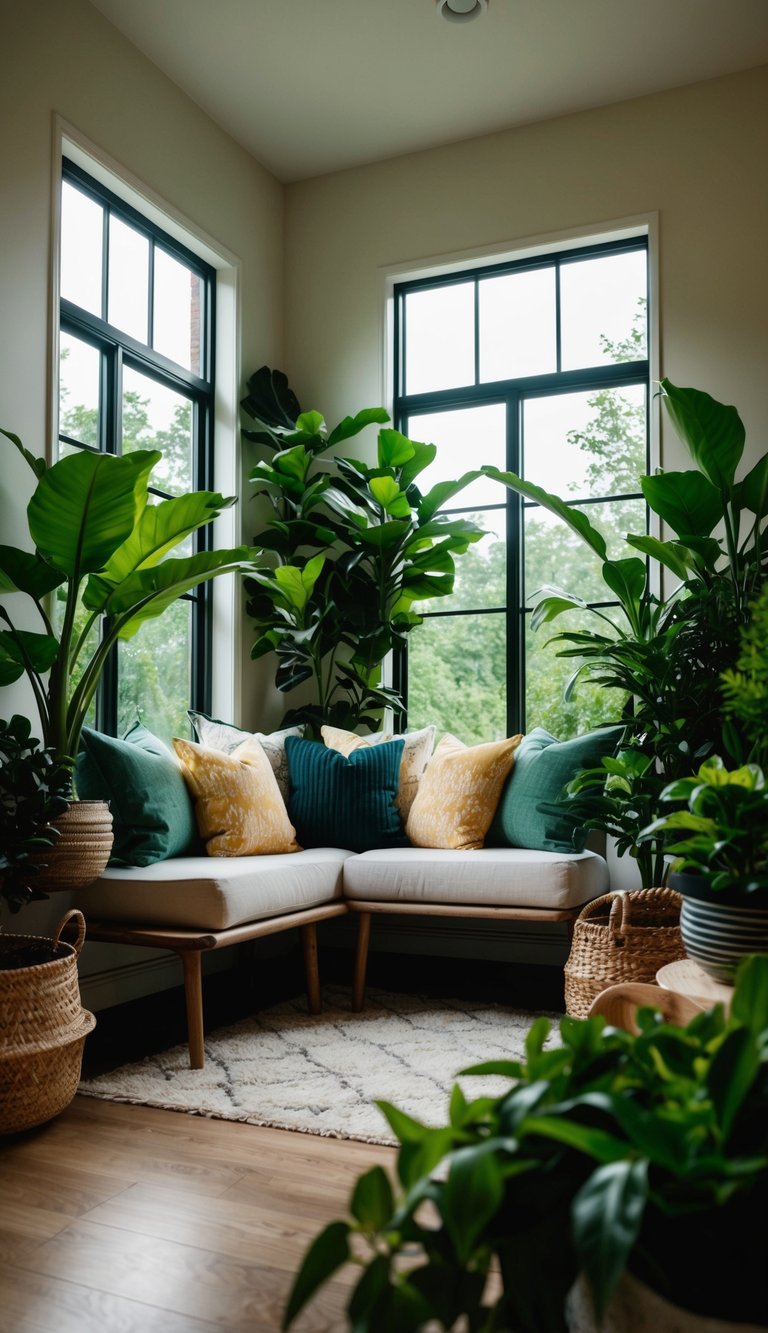
A reading nook with plants just feels right, doesn’t it? Spider plants, peace lilies, and snake plants don’t need much light, so they’re perfect here.
Add a few hanging plants or small pots and suddenly your reading corner is way more inviting. You might just end up lingering there longer than planned.
For more ideas on this, see how to create a cozy reading nook with houseplants.
6) Install a decorative water propagation wall

A water propagation wall is both practical and kind of mesmerizing. You mount clear tubes or jars on the wall, fill them with water, and pop in plant cuttings.
It’s a cool way to grow new plants and show them off at the same time. This setup is great for small spaces and adds a bit of modern flair.
Instructions and inspiration for this can be found at Garden Gate Magazine’s indoor plant wall ideas.
7) Use macrame plant hangers to save floor space
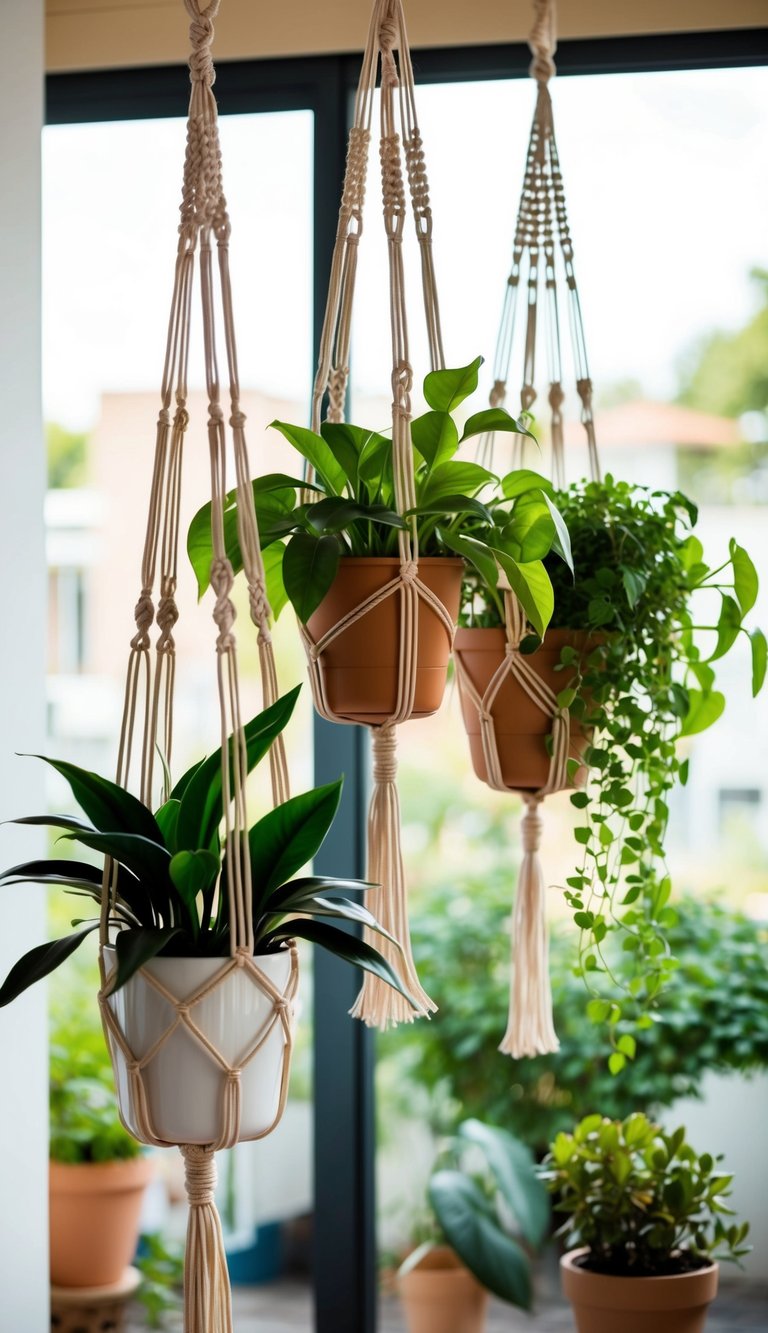
Macrame plant hangers are a total classic. Hang your plants from the ceiling and suddenly you’ve got more room on the floor.
They look great with small plants like ferns or trailing ivies. Plus, they double as decoration—win-win.
For ideas and styles, see macrame plant hangers that provide both function and design.
8) Start an indoor herb garden with basil and rosemary

Basil and rosemary are surprisingly easy to grow indoors if you give them enough light. A sunny window (ideally south-facing) does the trick—aim for at least six hours a day.
Just don’t overwater; let the soil dry out a bit between waterings. Fresh herbs at arm’s reach for cooking? Hard to beat.
More tips can be found at indoor herb garden ideas.
9) Build a small hydroponic garden for year-round growth
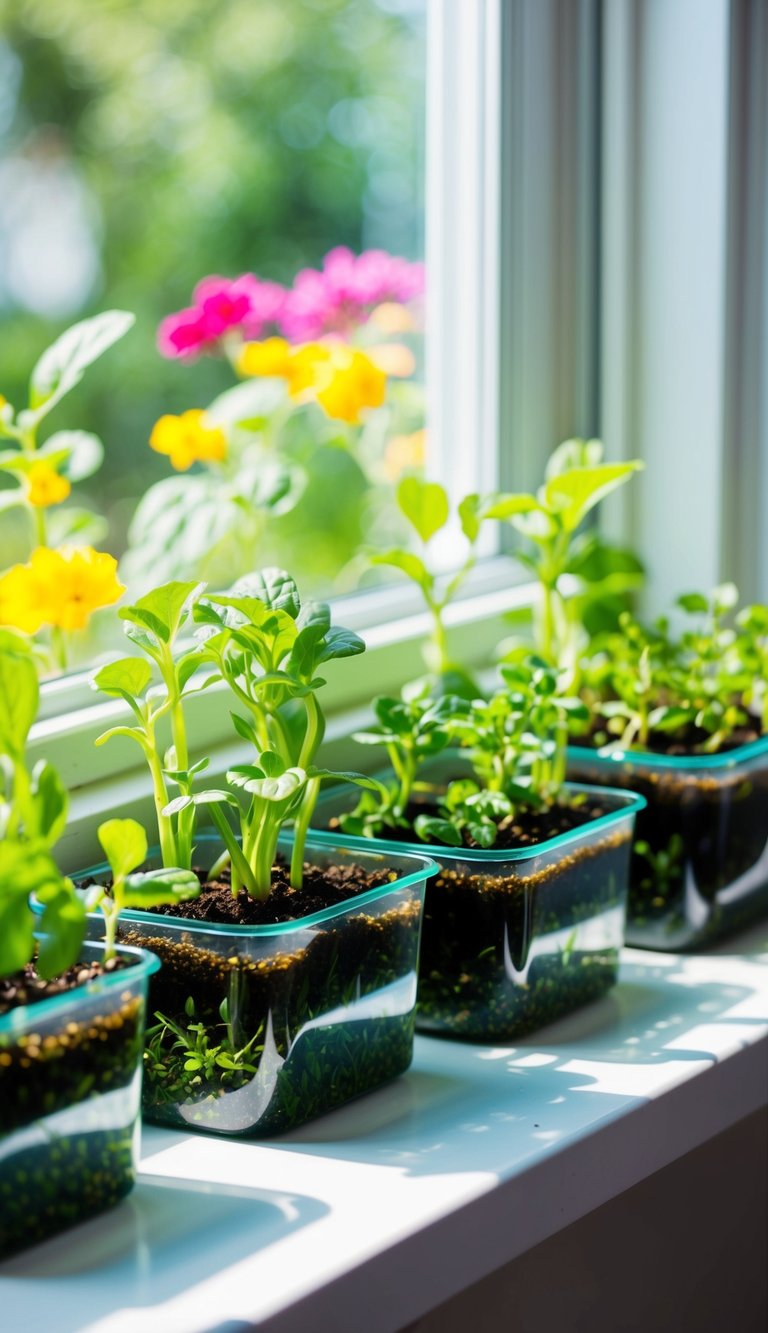
A small hydroponic garden means you can grow plants indoors without any soil—just water and nutrients. It’s tidy, efficient, and works even in tight spaces.
Start simple, maybe with a bucket and a few net pots. You’ll be surprised how much you can grow, any time of the year.
More details can be found in this home hydroponic garden guide.
10) Display bonsai trees for artistic greenery

Bonsai trees are basically living art. They do take some patience and care, but wow, do they make a statement.
Try displaying them on stands or shelves to really show off their shapes. It’s almost like having a sculpture, but alive.
For ideas on arranging bonsai for indoor decor, see bonsai plant inspirations for indoor spaces.
Design Principles for Indoor Gardens

Light and container choice are key for a successful indoor garden. Both really affect how your plants grow and stay healthy.
Give plants the right amount of light and pick containers that help roots breathe and drain well. It’s not rocket science, but it does make a difference.
Maximizing Natural Light Indoors
Plants need light—no surprise there. Put your indoor garden near south- or east-facing windows if you can.
Don’t let them bake in harsh direct sun, though, or you’ll end up with crispy leaves. If your place is a bit on the gloomy side, try some grow lights to help out.
Rotating your plants once in a while helps them grow evenly. Oh, and keeping the windows clean? It actually helps more than you’d think.
If you don’t get much sunlight, stick with plants that handle low light better.
Selecting Appropriate Containers
Containers matter more than people realize. Pots with drainage holes are a must—no one wants root rot.
Pick a pot that fits the plant’s needs. Succulents like shallow pots, but bigger plants need room to stretch their roots.
Clay pots breathe and dry out fast, while plastic holds onto moisture longer. Stick a tray or saucer underneath to catch drips and protect your shelves.
Repotting now and then keeps roots healthy and gives your plant fresh soil. The right container can make all the difference.
For more ideas on planter choices, see 29 impressive indoor container garden ideas.
Maintaining Healthy Indoor Plants

Caring for indoor plants isn’t too complicated, but you do need to pay attention. Watering and keeping humidity in check are the big ones.
If you get these right, you’ll dodge most of the common plant problems.
Optimal Watering Techniques
Watering isn’t about sticking to a schedule—it’s about checking what your plant actually needs. Too much water can drown the roots, while too little dries them out.
A good rule: water when the top inch of soil feels dry. Just poke your finger in and see.
Make sure water reaches the roots, but don’t let it pool on top. Succulents need less water, tropical plants want more—each plant’s a little different.
Always use pots with drainage holes. Water deeply, then let the soil dry out a bit before the next round.
And whatever you do, don’t let your plants sit in standing water. That’s a fast track to trouble.
Managing Indoor Humidity Levels
Humidity affects how plants take in water and nutrients. Most indoor plants actually come from tropical places and crave humidity between 40% and 60%.
When the air inside gets dry—think wintertime—you might notice brown tips or leaves dropping. You can bump up humidity by clustering your plants together or setting their pots on trays filled with water and pebbles.
Some folks swear by humidifiers to keep things consistent. If you want, you can mist the leaves now and then, but it’s best to do this in the morning so you don’t end up with mold or funky spots.
Ferns and peace lilies, in particular, seem to love extra moisture in the air. If you’re curious whether your space is humid enough, a simple meter can really help you figure out what’s going on.
Curious about more ways to boost humidity or water your plants just right? Check out houseplant care advice.




